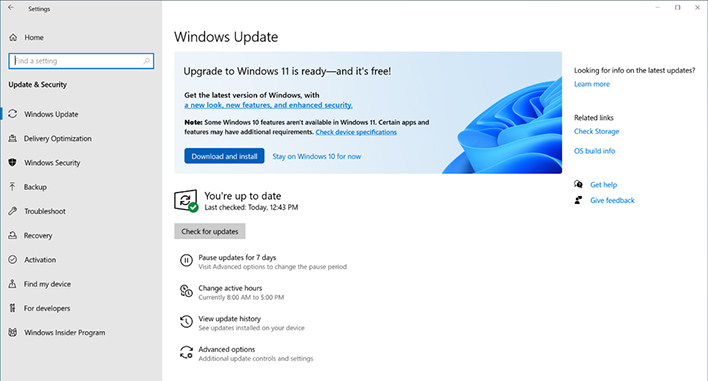Facepalm: Microsoft Tried Pushing Windows 11 To Ineligible PCs Then Left Users Hanging

When Microsoft launched Windows 11 more than a year ago, it started with new systems. Then, it began sending out upgrade offers via Windows update to compatible systems. Today, all Windows 10 PCs that meet the minimum specs for Windows 11 have gotten that offer, but the last Windows 11 update went too far.
On Feb 23, Microsoft confirms that many users with unsupported hardware got an upgrade offer for the Windows 11 update. Affected systems were on Windows 10 22H2, 21H2, 20H2, or Windows 11 21H2, but they were running older hardware that was not intended to work with Windows 11. After downloading the update, the machine would try and fail to install it.

Windows 11 is only supported on machines with recent AMD or Intel CPUs, 4GB of RAM, and a TMP 2.0 module. That last item is the sticking point for a lot of Windows users. Newer motherboards have those security modules built in, but a surprising number of systems do not. These systems should never see an upgrade message from Microsoft, but they did for Windows 11 21H2. Microsoft says it spotted the issue the same day it popped up and stopped sending out the erroneous upgrade offers. That's a bummer for anyone who was anxious to get on Microsoft's latest OS.
We know that Windows 11 can run on unsupported systems just fine, provided you're willing to tinker with things or wait for Microsoft to mess up. However, Microsoft recently made that more annoying by adding a watermark to the desktop if a system doesn't meet the requirements after the fact. Luckily, there is a registry hack to make that go away, but Microsoft will probably reapply the watermark in a future update. Maybe the victims of the accidental upgrade tease should be thankful the installation didn't go through.

